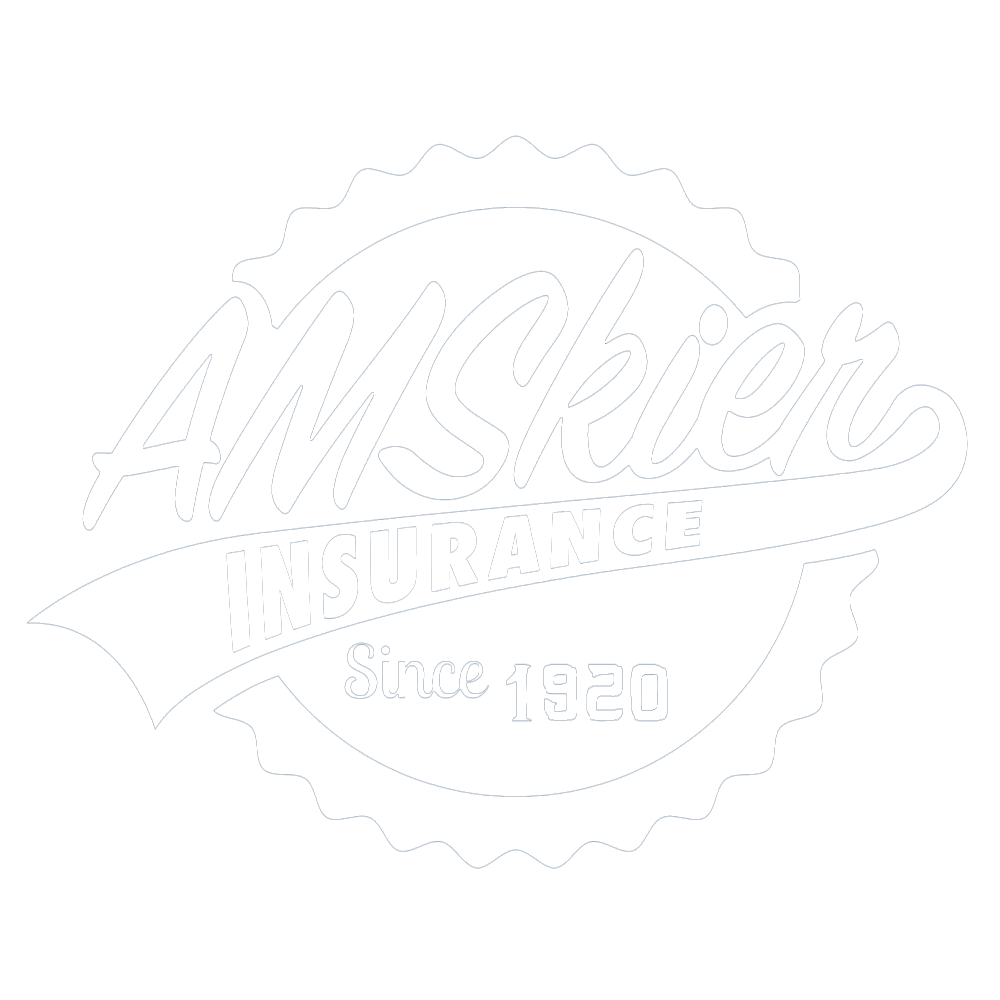 Hurricane Preparedness Tips
Hurricane Preparedness Tips
With the recent disaster caused by Hurricane Harvey and Hurricane Irma nearing our shores, we hope you review these hurricane preparedness tips. The North Atlantic hurricane season runs from June 1 to November 30. During this time, anyone on the East Coast needs to be prepared to respond to weather threats and emergencies. As made evident by recent events, hurricane preparedness and overall emergency preparedness should not go undervalued.
PREPARE FOR SEVERE WEATHER | Hurricane Preparedness Tips
When severe weather is in the forecast, keep an eye out for tropical storm and hurricane watches and warnings. What’s the difference? Here’s what the National Hurricane Center says:
- Tropical storm watch: This means tropical storm conditions are possible in a particular area.
- Hurricane watch: This means hurricane conditions are possible in a particular area.
- A watch is issued 48 hours before a storm is anticipated.
- During a storm watch, check to make sure you know evacuation routes, make sure emergency supplies are on hand and pay attention to weather reports and announcements from local officials.
- Tropical storm warning: This means tropical storm conditions are expected.
- Hurricane warning: Hurricane conditions are expected.
- A warning is issued 36 hours before a storm is anticipated.
- During a storm warning, prepare for the storm and listen for evacuation instructions.
MAKE A PLAN | Hurricane Preparedness Tips
Put together a plan by discussing these 4 questions with your family, friends, or household to start your emergency plan.
- How will I receive emergency alerts and warnings?
- What is my shelter plan?
- What is my evacuation route?
- What is my family/household communication plan?
MAKE AN EMERGENCY EVACUATION PLAN | Hurricane Preparedness Tips
It’s very important to be prepared with an emergency evacuation kit in case of a storm or any other widespread emergency. Make sure your kit has the following items:
- One gallon of water per person per day for at least three days, for drinking and sanitation
- At least a three-day supply of non-perishable food
- Battery-powered or hand crank radio and a NOAA Weather Radio with tone alert and extra batteries for both
- Flashlight and extra batteries
- First aid kit
- Perscription medications
- Whistle to signal for help
- Dust mask to help filter contaminated air and plastic sheeting and duct tape to shelter-in-place
- Moist towelettes, garbage bags and plastic ties for personal sanitation
- Wrench or pliers to turn off utilities
- Manual can opener for food
- Local maps
- Cell phone with chargers, inverter or solar charger
PREPARE YOUR PROPERTY | Hurricane Preparedness Tips
- Check your disaster supplies and replace or restock as needed.
- Bring in anything that can be picked up by the wind (bicycles, lawn furniture).
- Close windows, doors and hurricane shutters. If you do not have hurricane shutters, close and board up all windows and doors with plywood.
- Turn the refrigerator and freezer to the coldest setting and keep them closed as much as possible so that food will last longer if the power goes out.
- Turn off propane tanks and unplug small appliances.
- Fill your car’s gas tank.
- Learn about your community’s hurricane response plan. Plan routes to local shelters, register family members with special medical needs as required and make plans for your pets to be cared for.
- Evacuate if advised by authorities. Be careful to avoid flooded roads and washed-out bridges.
- Because standard homeowners insurance doesn’t cover flooding, it’s important to have protection from the floods associated with hurricanes, tropical storms, heavy rains and other conditions that impact the U.S. Ask us for a quote.
CONSIDER HOUSEHOLD NEEDS | Hurricane Preparedness Tips
Consider specific needs in your household. As you prepare, customize your plans and supplies to fit your family’s daily living needs and responsibilities. Discuss how people within your network can assist each other with communication, care of children, business, pets or other important responsibilities. Keep in mind the following factors as you develop your plans: As you prepare, tailor your plans and supplies to your specific daily living needs and responsibilities.
- Different ages of members of your household
- Responsibilities for assisting others
- Locations frequented
- Dietary needs
- Medical needs including prescriptions and equipment
- Disabilities or access and functional needs including devices and equipment
- Languages spoken
- Cultural and religious considerations
- Pets or service animals
- Households with school-aged children
FAMILY EMERGENCY PLAN | Hurricane Preparedness Tips
Download and fill out a family emergency plan or use them as a guide to create your own.
Review all Hurricane Preparedness Tips Above & Practice your plan with your family/household
This article is an updated version of our 2016 post.
Please reach out to us anytime with claims, questions or concerns: amskier@amskier.com | (570) 226-4571
Was This Helpful? Get More Content Like This!
Join Our Public Broad & Bright List Below
AMSkier Camp clients already receive these articles and much more.


 Hurricane Preparedness Tips
Hurricane Preparedness Tips